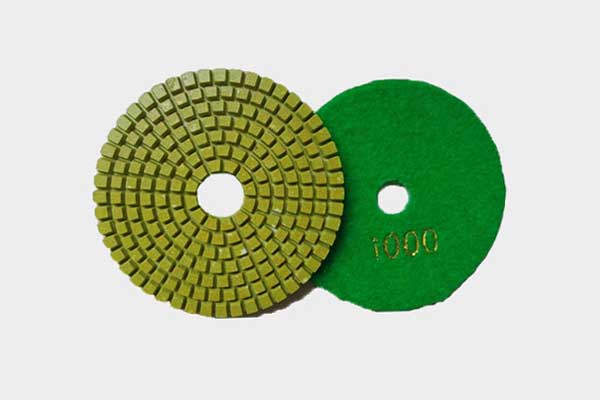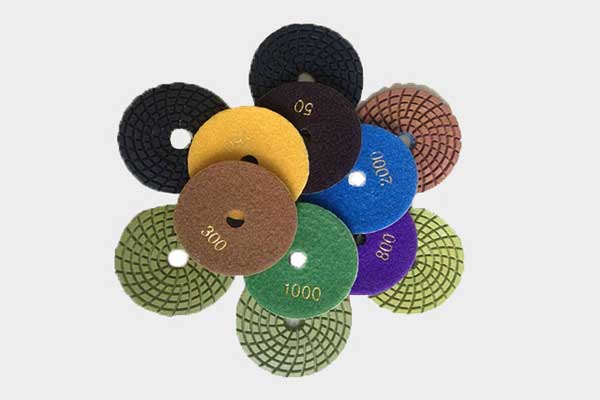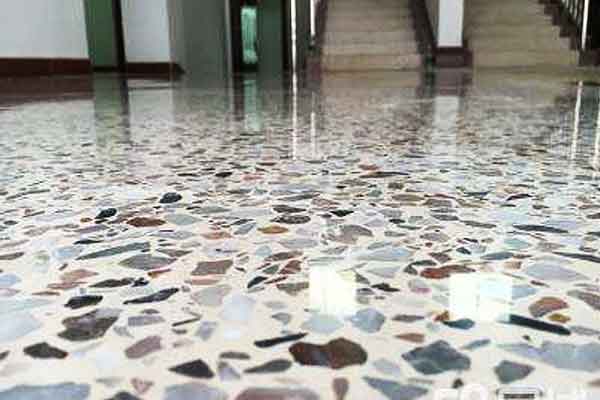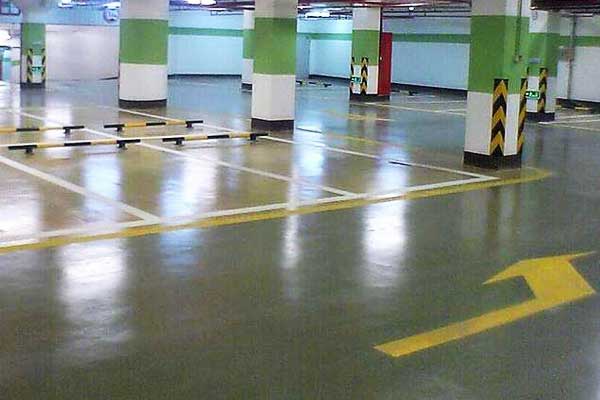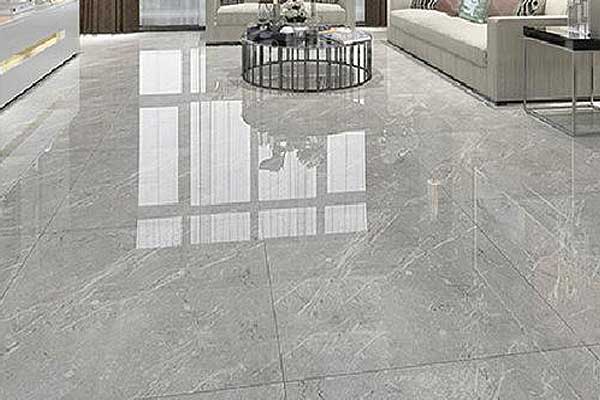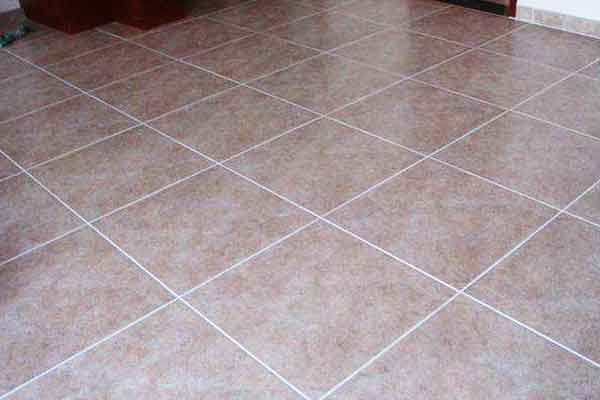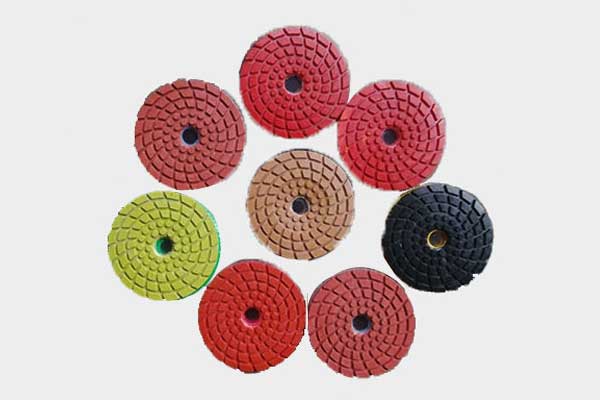The ground is frequently used in the building, so it is easy to be damaged. Due to the limitation of technology, many old grounds (such as epoxy, emery, terrazzo, floor tiles, cement floors, etc.) gradually exposed their defects and appeared different The problem of form and degree, so to a certain degree, needs to be refurbished. Diamond polishing pad manufacturers are coming to introduce you to several renovation construction techniques commonly used in industrial floor renovation.
The construction process of epoxy resin floor
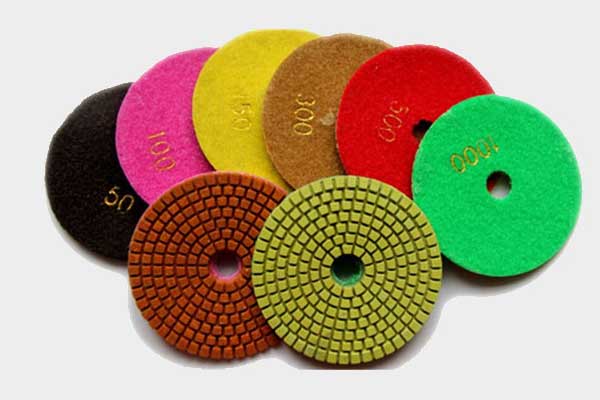
1. Treatment of plain land: polishing, repairing, and dust removal according to the condition of the plain land
2. Epoxy primer: use epoxy primer roller coating with strong permeability and adhesion to enhance surface adhesion
3. Epoxy soil approved: According to actual needs, it shall be constructed several times, and the requirements shall be smooth and free of holes, and no batch of knife marks and sanding marks shall prevail
4. Epoxy topcoat: two coats of soluble epoxy topcoat or anti-slip topcoat
5. Construction is completed: You can only get on people after 24 hours, and you can press hard after 72 hours. (25℃ shall prevail, the low temperature opening time needs to be extended appropriately)
Construction technology of concrete sealing and curing agent floor (mirror type)
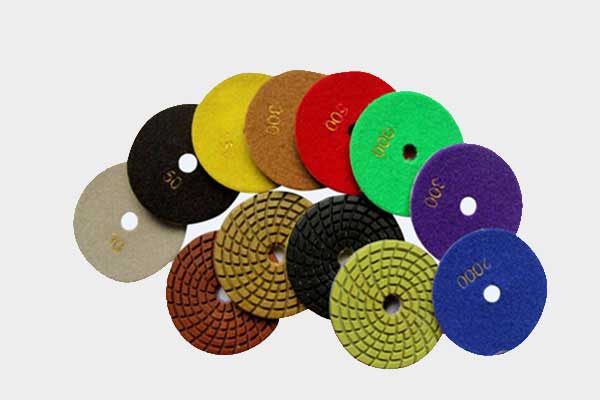
1. Grassroots treatment: before construction, clean up debris, oil stains, curing agents, etc. on the ground. Cement-based repair mortar was used to repair potholes and cracks on the ground and cured for 3 days.
2. Polishing the ground: the surface quality is poor and rough: install a rough diamond module on a terrazzo machine (7.5KW machine), add water to grind the ground, and then change the fine grinding head separately, and then grind the ground with the fine grinding head. The same process is water milling) until the ground is smooth. After grinding the ground, clean the ground with water and at the same time use a vacuum cleaner to suck up the sewage. For better, smooth new wear-resistant floors, you can directly apply concrete sealant curing agent.
3. Brush the concrete sealing curing agent: After the floor is cleaned, let the surface air dry, you can start to apply the concrete sealing curing agent. Use a roller or sprayer to evenly brush the curing agent on the ground. The average amount of coating is 10㎡/kg. If the base surface is poor and the permeability is strong, it must be painted twice after 1-2 hours; after about 1-2 hours (before the material is dry and shiny), spray some water on the ground to moisten the material, Use a broom or floor mop to scrub the surface to make the material penetrate into the ground, and repeat 2-3 times, then rinse the ground to remove the excess material on the surface.
4. Ultra-fine polishing (mirror fruit): In order to increase the gloss and brightness of the ground to achieve mirror fruit, 1.1KW high-gloss polishing machine can be used, and 500 mesh, 1000 mesh, 2000 mesh, and 3000 mesh diamond polishing pads can be attached to the disc. Water the super-fine polished floor.
Construction technology of wear-resistant floor
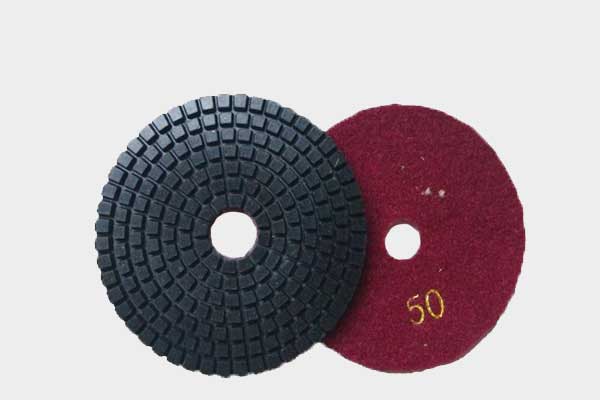
1. Removal of laitance: Use a machine equipped with a disc to slowly and evenly destroy the laitance on the surface of the single concrete.
2. Spreading material: Spread the specified amount of 2-3 wear-resistant material on the concrete surface in the initial setting stage. After the wear-resistant material absorbs water, the mechanical operation of installing the disc is carried out, and the wear-resistant material is hardened to a certain stage, and the wear-resistant material is spread twice.
3. Disc operation: After the wear-resistant material absorbs water, perform at least three mechanical operations to install discs. The speed of the machine depends on the hardening of the concrete. The mechanical trowel should be crisscrossed.
4. Surface finishing: The final finishing of the wear-resistant floor material is processed by mechanical trowel or manual trowel. When finishing, it should be crisscrossed. The angle of the iron plate and the speed of the machine should be adjusted according to the hardening of the ground surface. .

